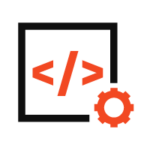Mobile applications are becoming increasingly popular. Everyone now has a smartphone and controls everything through it. We use our phones for everything from tracking your schedule and email, through social media and games, to apps that help us get the job done. In the application stores, we can find everything, and that is why more and more companies are focusing on that. Everyone notices that there is a lot of interest, and it continues to grow. That is why everyone wants a new and appealing application for their products or services. The mobile application has started to become something as mandatory as the website.
There are different types of applications – Native and Cross-Platform. A cross-platform application is one application that can run on several operating systems instead of developing different versions of applications for each platform. In this blog post, we will look at the different types of technologies for mobile application development. We will look at the pros and cons of each, so you can then choose the right one for you.

Cross-platform or native applications?
Cross-platform applications
These applications are those that can run on multiple operating systems. It is an application with one codebase. There are a variety of technologies for developing this type of application. Each of these technologies has its advantages and disadvantages. Some of them are more common or easier to use. All of them allow developers to create these applications in the best way and with many different features.
Native applications
These applications are for one platform only and are great if you need to develop an application for one of the platforms. This way, you are focused only on the specific platform. You can use all its features and get the most out of them. You must be familiar with the capabilities of both platforms while designing cross-platform applications. Know what they have in common and what you can take advantage of.

The advantages of technologies for cross-platform applications
React Native
React Native is an open-source mobile application framework created by Facebook, Inc. Used to develop for Android, Android TV, iOS, macOS, tvOS, Web, Windows, and UWP. ReactJS is the most popular JavaScript library for building modern single-page applications.
The advantages of React Native are like all other technologies for creating cross-platform applications – the applications have a single code base and run on multiple operating systems. It means that only one application needs to be created for all operating systems.
The benefits, however, do not stop there. React continues to gain more and more popularity, which means that it does not stop evolving. It is a huge plus for developers. React imposes the latest JavaScript standards (ES6 +), which makes building an application more enjoyable. Facebook is constantly contributing to the development of React Native.
It includes a wide selection of components for Android and iOS that enable developers to create mobile apps with a natural and native appearance and feel. Consumers appreciate this.
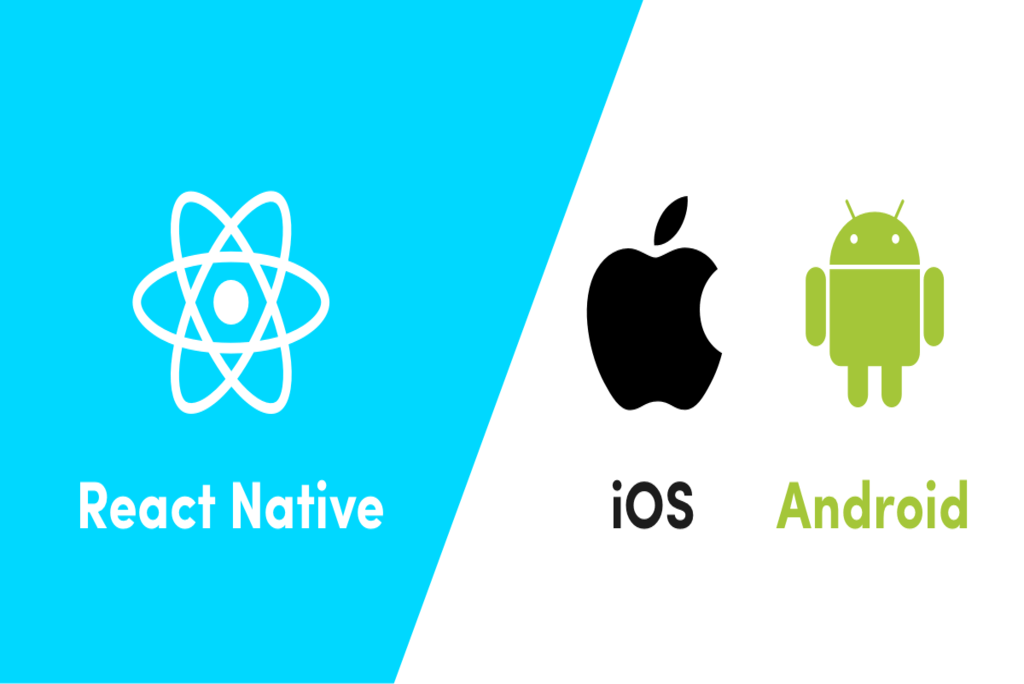
Flutter
Flutter is a newer technology that is extremely popular at the moment and is evolving at a tremendous rate. The programming language is Dart, not JavaScript. It allows fast and efficient analysis, design of user interfaces, includes accents and corrects errors in milliseconds. Developers can watch their changes take place in real-time. It simplifies the process very much.
It is easy to create a beautiful and functional user interface, which is extremely popular with users. Without it, an application cannot be successful on the market.
Compatible with various IDEs, including Android Studio (IntelliJ) and VS Code.
Among other things, Flutter’s documentation is clear, simple, and easy to understand. All this significantly speeds up development.
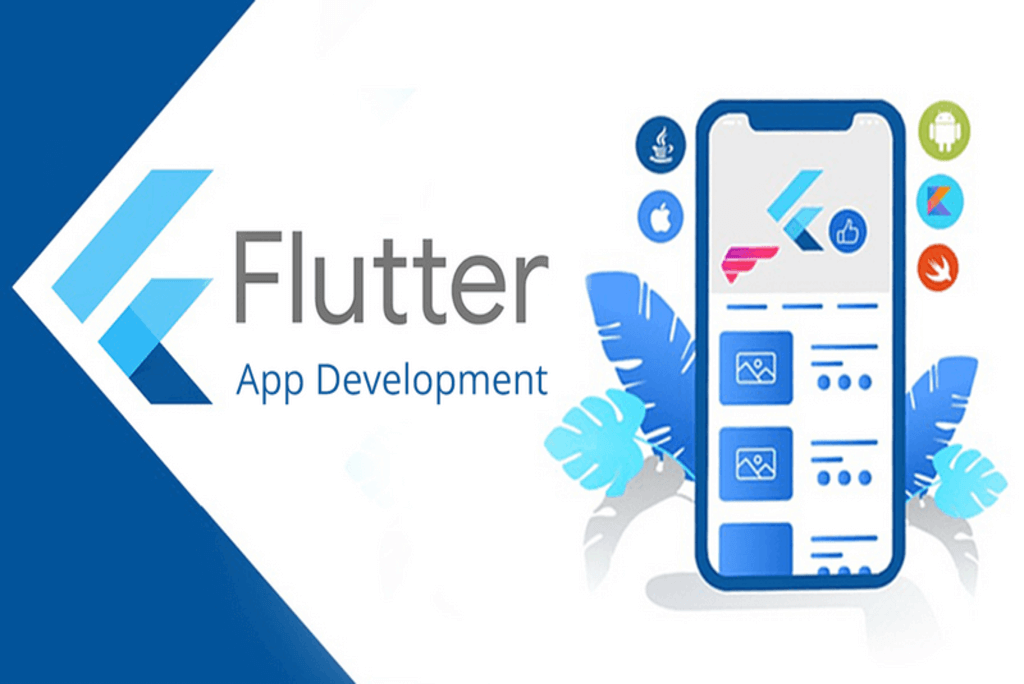
Xamarin
Xamarin uses one language, C#, to create applications for each operating system. It’s incredibly adaptable as a result. It facilitates development because the application is fully compatible with any operating system. The application is designed to resemble a native application without being one. It has a natural and native look and feel that makes consumers like it. All this saves a lot of time and money.
Based on the .NET framework, Xamarin is compatible with several useful .NET features such as Asynchronous programming, Lambdas, and LINQ.
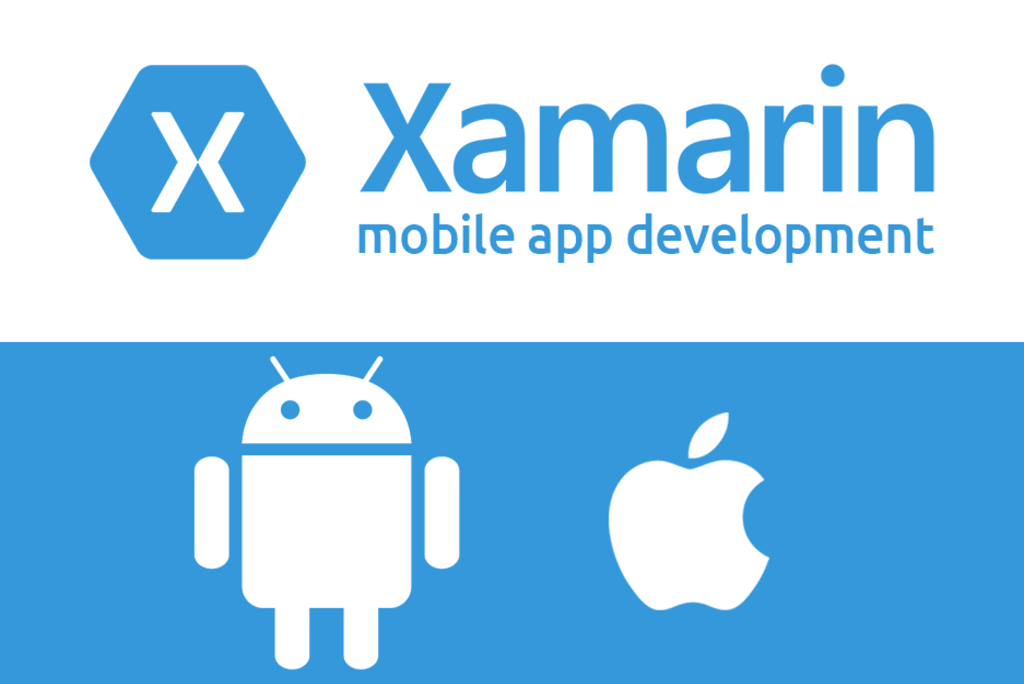
Felgo
Formerly known as the V-Play Engine, it is a popular cross-platform technology for mobile application development. Felgo has a single code base for Android, iOS, Desktop, Web, and Embedded platforms. Uses Qt as the main framework that simplifies game and application development.
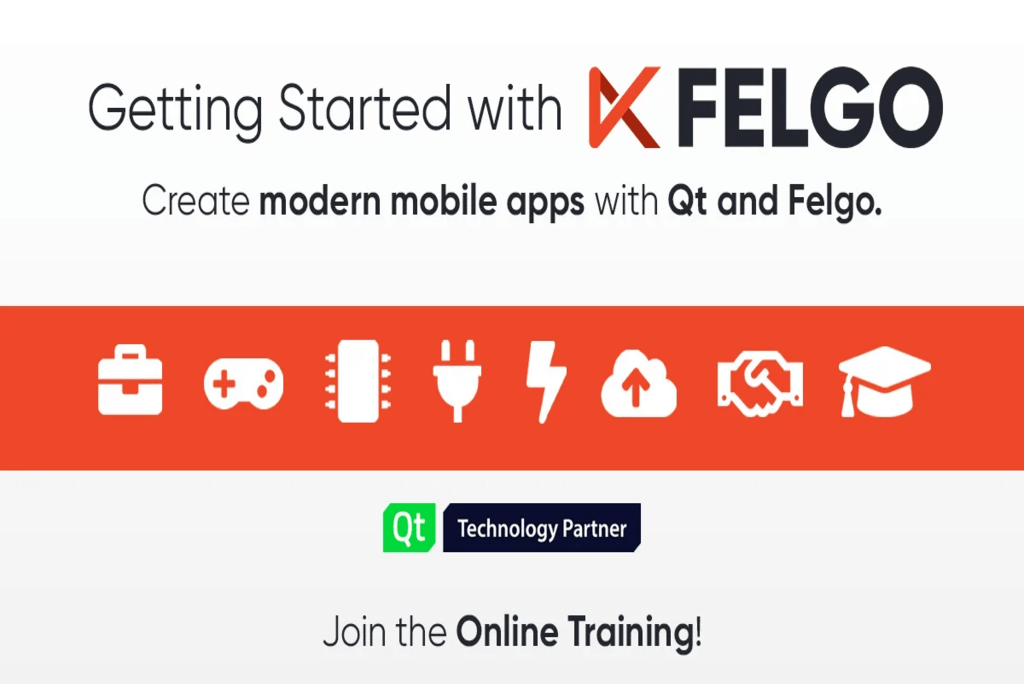
The advantages of native technology
Because iOS and Android are still very different and have different features, it is sometimes preferred to develop native applications. Some of them outperform cross-platforms in the market, so they are sometimes favored. That is why we will analyze these technologies.
- iOs
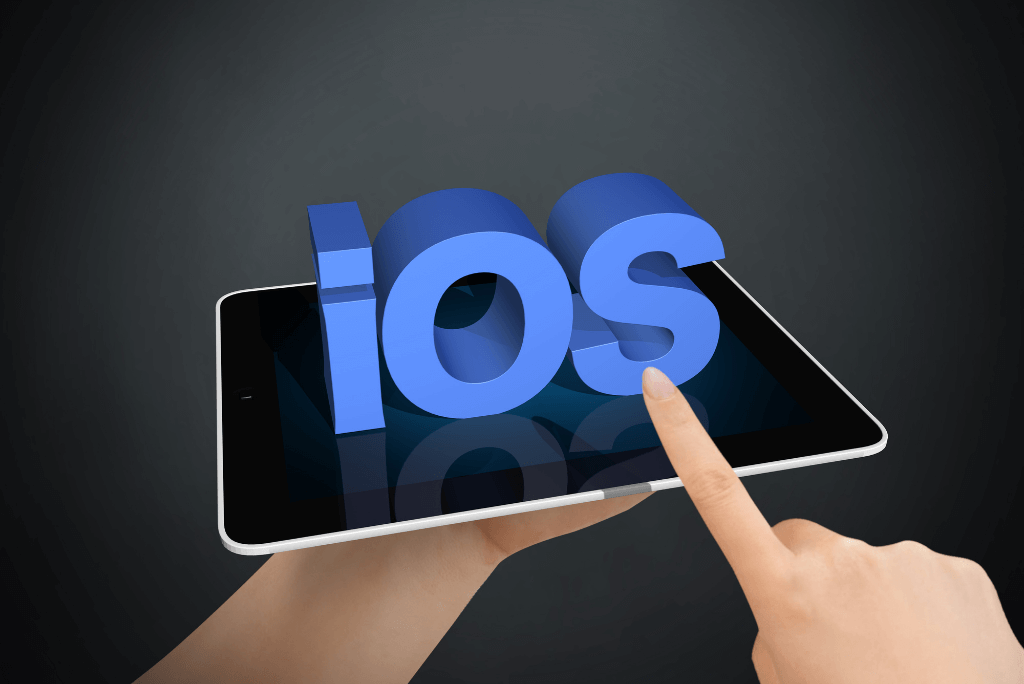
The two main programming languages for iOS are Swift and Objective-C.
Swift
Swift is a multifunctional programming language developed by Apple Inc for developing applications for iOS and Mac. It is a relatively new language – first released in 2014. Swift works with Apple’s Cocoa and Cocoa Touch frameworks. An essential aspect of Swift’s design was the ability to interoperate with the massive body of existing Objective-C code developed for Apple products over the previous decades. It helps developers create safer and more reliable code by eliminating and avoiding entire categories of common errors. It reduces development time and costs.

Objective-C
Objective-C is a general-purpose, object-oriented programming language that was the prime programming language supported by Apple for macOS, iOS, and their respective application programming interfaces. It is much older than Swift. It was developed in the early 1980s. Many developers are already avoiding this language and prefer Swift because Objective-C is much more complex. Although older and much more complex, most applications still have a codebase written primarily in Objective C.

The most famous tools are Xcode and AppCode.
Xcode
Xcode is Apple’s integrated development environment (IDE) for macOS, used to develop software for macOS, iOS, iPadOS, watchOS, and tvOS. It was first released in 2003. The latest stable release is version 13.0, released on September 20, 2021. This tool provides developers with all the necessary features for user interface design, coding, and testing. It supports programming languages C, C ++, Objective-C, Objective-C ++, Java, AppleScript, Python, Ruby, ResEdit (Rez), and Swift.
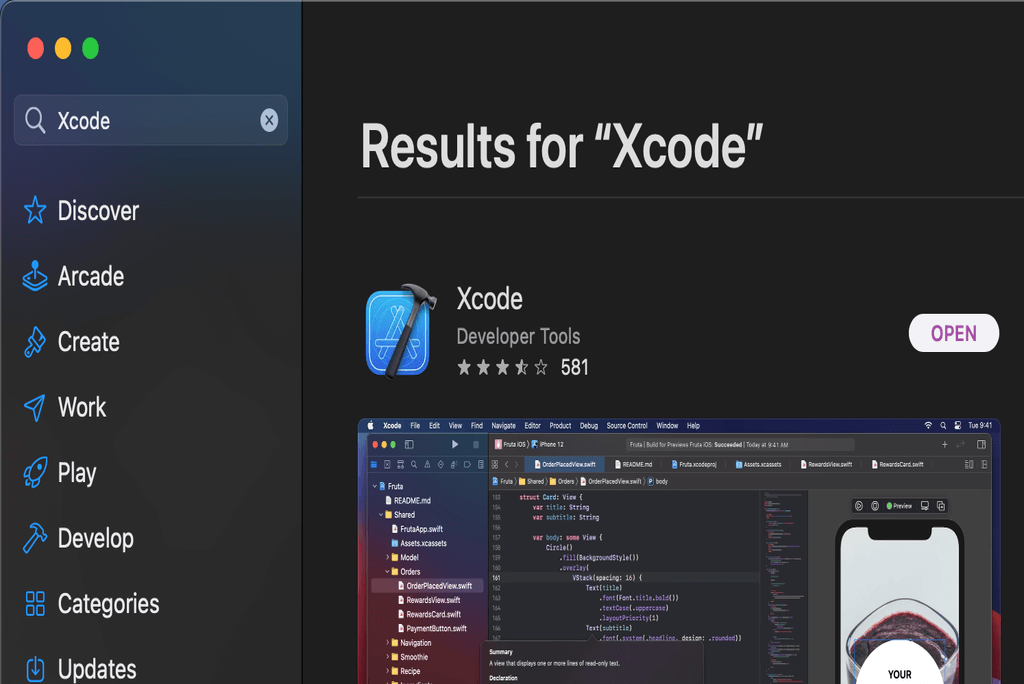
AppCode
The AppCode IDE is for the development of Swift, Objective-C, C, and C ++. The first public version was released in 2011. AppCode is built on the IntelliJ IDEA platform, which is written in Java and Kotlin. Users can extend the tool’s functionality by adding IntelliJ Platform plugins and writing their plugins.
- Android

The most popular and used languages for developing applications for Android today are two – Java and Kotlin.
Java
Java is an object-oriented programming language developed by Sun Microsystems for developing Android applications. It was launched in 1995 as part of the Java platform. The source code, written in Java, is not compiled to machine code for a specific microprocessor but is compiled to an intermediate language – the so-called bytecode. Nowadays, Java is one of the most popular programming languages. Millions of developers around the world write on it. The world’s largest software corporations such as IBM, Oracle, Google, and SAP base their solutions on the Java platform and use Java as the prime language for developing their products. Among the “big ones,” Java is not only used by Microsoft, as they create and maintain their Java-like platform called the .NET Framework and a Java-like language called C#.
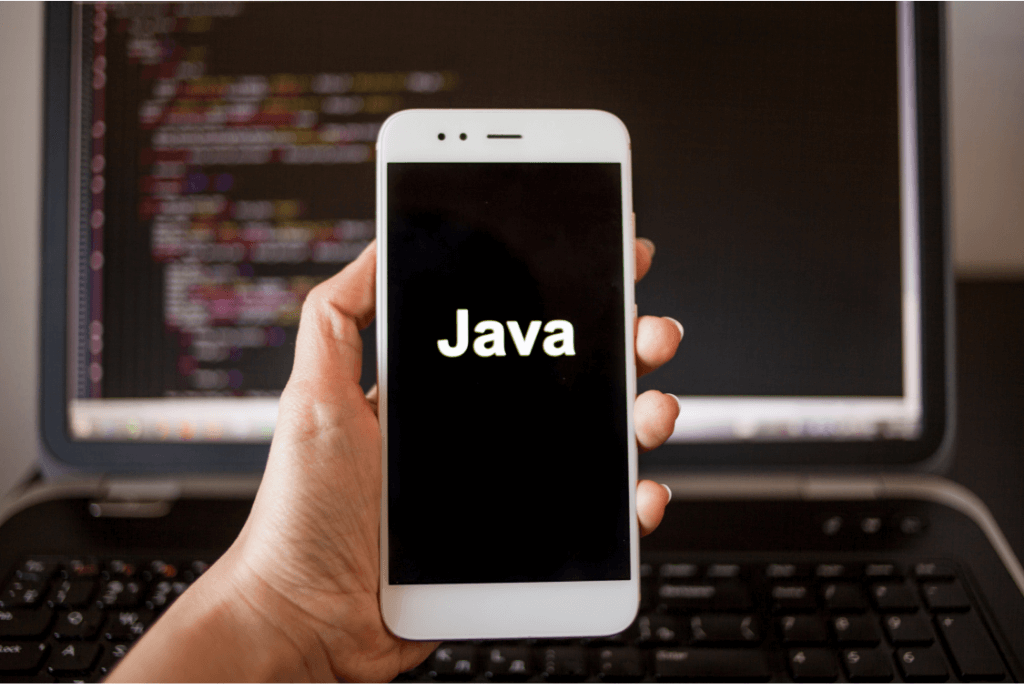
Kotlin
Kotlin is a cross-platform, statically typed, general-purpose programming language with type inference. It is designed to interoperate fully with Java. Its main application is Android development. It was created in 2011. It is the third language fully supported for Android, in addition to Java and C ++.
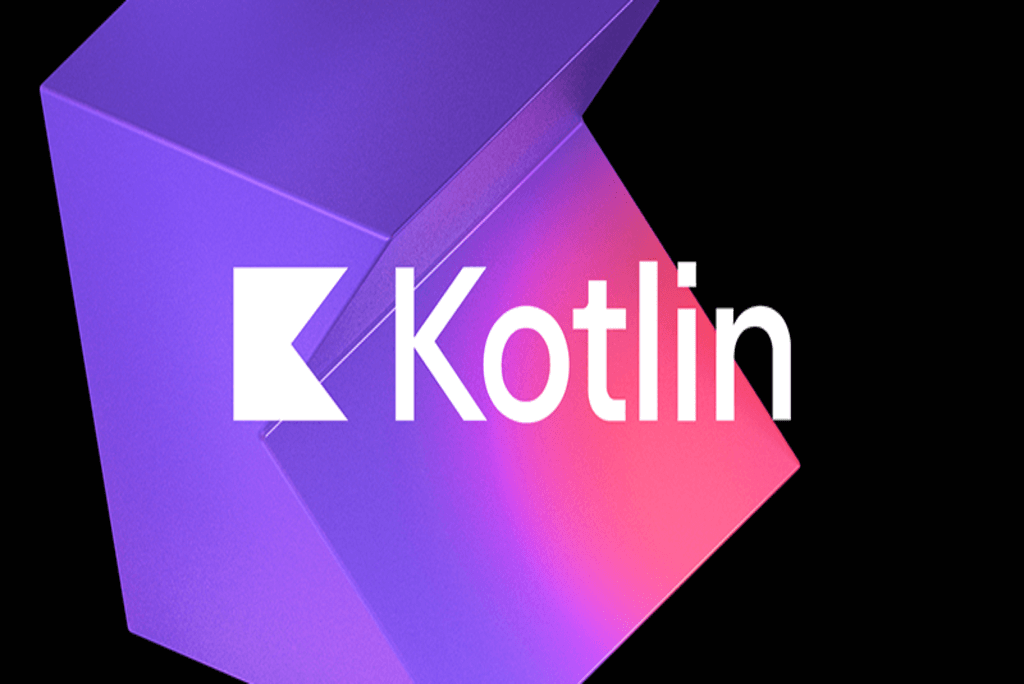
Android mobile development tools are Android Studio and Android Developer Tools (ADT).
Android Studio
Android Studio is the official integrated development environment (IDE) for Google’s Android operating system, built on JetBrains’ IntelliJ IDEA software and designed specifically for Android development. It is a replacement for the Eclipse Android Development Tools (E-ADT) as the primary IDE for native Android application development. It contains code editing and debugging tools. It also provides a user-friendly intuitive interface and all the tools you need to create high-quality applications. Android Studio was announced in May 2013 at the Google I/O conference. Its first version is from 2014, and the last is from 2021.
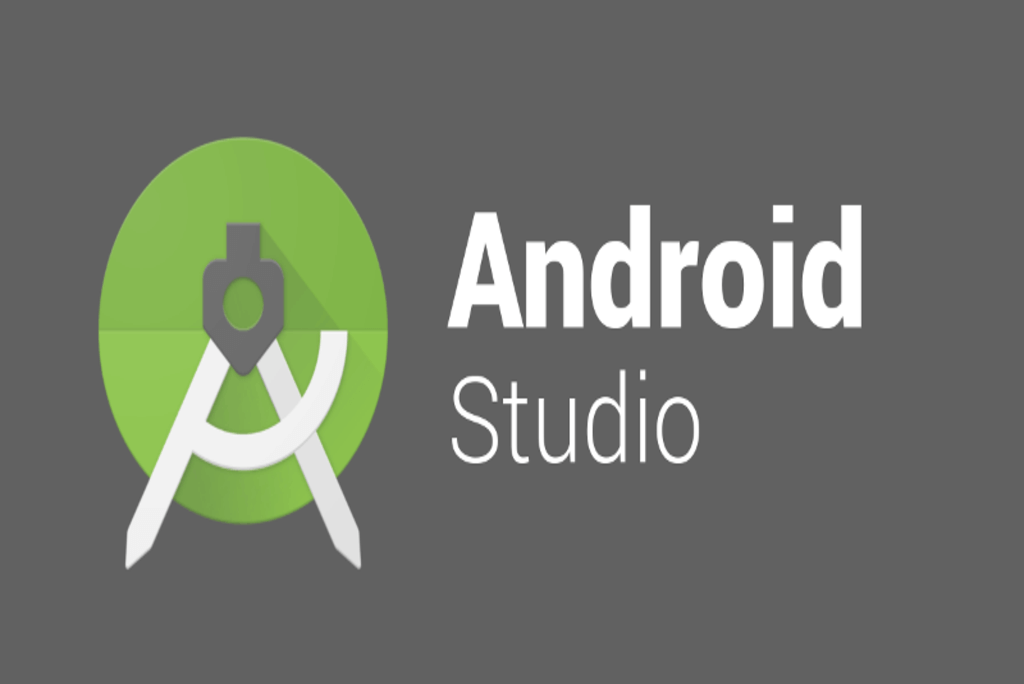
Android Developer Tools (ADT)
There are tools for coding and debugging. In addition, ADT provides developer-specific support for test coding and automation, a graphical user interface constructor, and other specific features. ADT was Google’s official Android IDE until 2015 when it was overtaken by Andmore’s Eclipse and Android Studio.
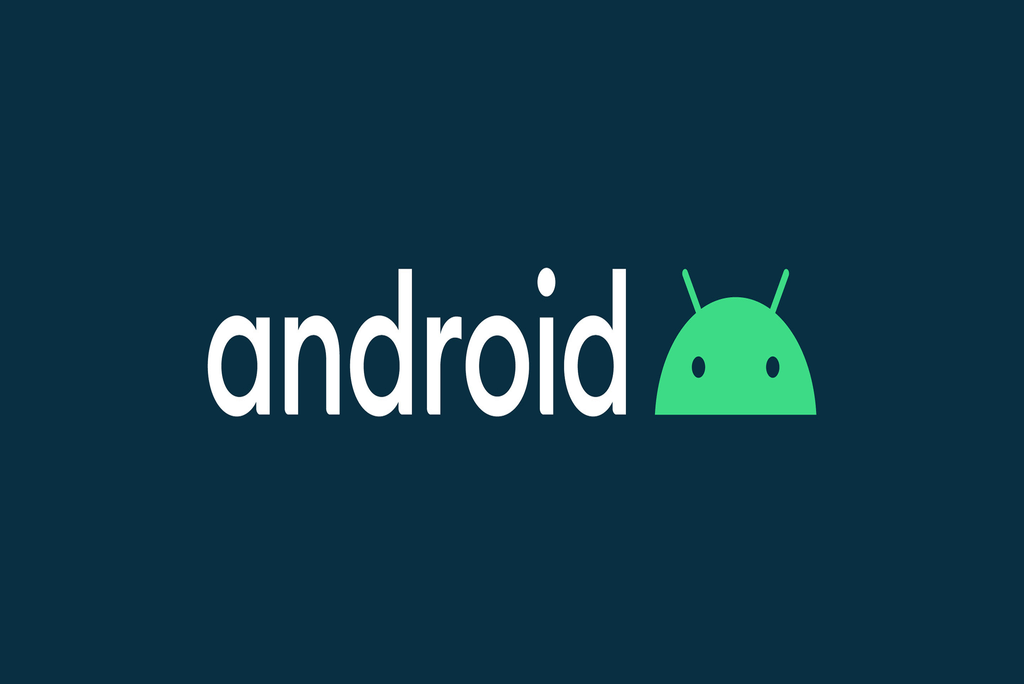
To choose the technology to use or learn, you must first decide which application you want to create – cross-platform or native. It is the first and most essential question. Then you should see all the pros and cons of the languages and tools we have listed. This way you will be able to decide which is the best choice for you.
If you want to know more about mobile development, you can read our blog post entirely dedicated to this. If you are interested in the services we offer for mobile development, you can view them here. If you have questions that we have not answered, you can contact us. Book your appointment for a free strategy session if you want to know how we can help you.






